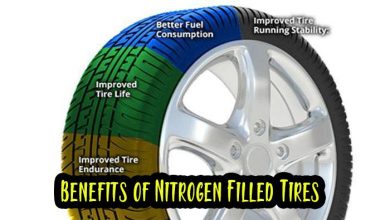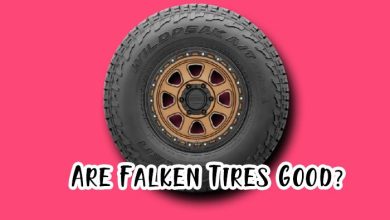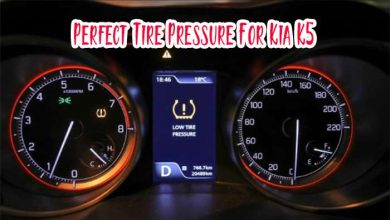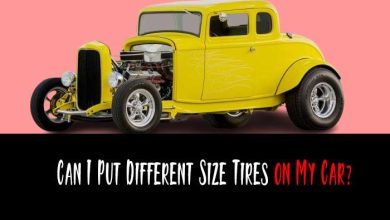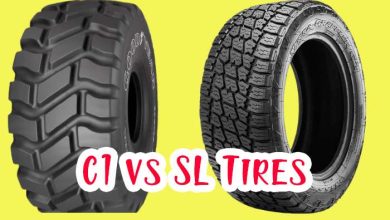Can I Use T Rated Tires Instead of H? A Tire Expert’s Guide
Are you in a tire predicament, wondering, “Can I use T-rated tires instead of H?” Well, you’re in the right place. As a tire expert with extensive experience, I’m here to unravel the complexities of tire ratings for you. Buckle up, and let’s hit the road!
Let’s roll into the fascinating world of tire ratings.
Explanation of the Tire Rating System (T, H, V, etc.)
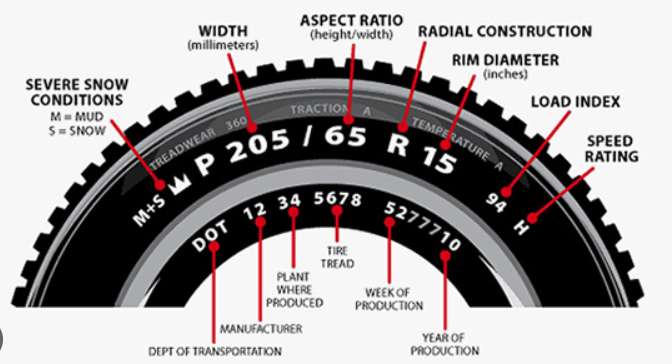
Tire ratings are crucial to understanding your vehicle’s performance and safety. They are indicated by a letter, such as T, H, or V, representing the tire’s speed and performance capabilities.
- T-Rated Tires: T-rated tires are designed for speeds up to 118 mph (190 km/h). They are typically found on family cars and offer a smooth, comfortable ride.
- H-Rated Tires: H-rated tires are meant for speeds up to 130 mph (210 km/h). They improve handling and are commonly used in sports sedans and higher-end vehicles.
- V-Rated Tires: V-rated tires can handle speeds up to 149 mph (240 km/h) and are often fitted on high-performance vehicles.
These ratings are critical because they determine the tire’s speed and load capacity capabilities.
Read More: Can New Tires Cause Vibration?
T-Rated Tire vs. H-Rated Tire
To help you grasp the difference between T-rated and H-rated tires, let’s break it down with a comparison table:
| Aspect | T-Rated Tire | H-Rated Tire |
|---|---|---|
| Speed Capability | Up to 118 mph (190 km/h) | Up to 130 mph (210 km/h) |
| Performance | Comfortable ride | Enhanced handling |
| Vehicle Application | Family cars | Sports sedans, luxury cars |
| Treadwear and Durability | Good | Better |
| Price | More affordable | Slightly more expensive |
Can I Use T Rated Tires Instead of H?
Can I Use T-Rated Tires Instead of H? Yes, you can technically use T-rated tires instead of H-rated ones, but there are important considerations:
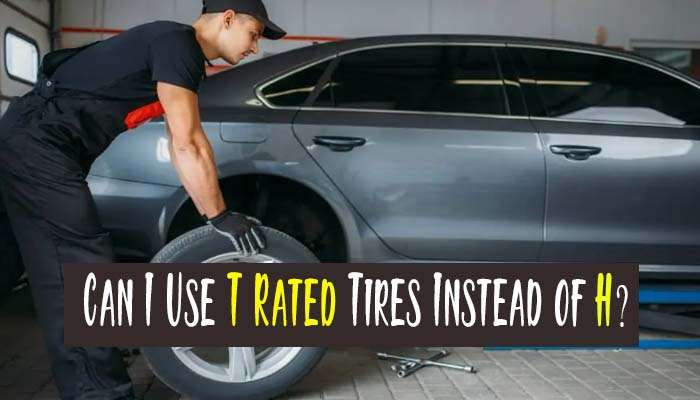
- Speed Limitations: T-rated tires are not designed for high-speed performance, so if your vehicle originally came with H-rated tires, you might experience reduced handling and safety at higher speeds.
- Handling: H-rated tires offer superior handling and control, making them better for sports sedans and luxury vehicles. Swapping to T-rated tires may compromise your vehicle’s performance.
- Safety: Using a lower-rated tire than recommended may affect your vehicle’s safety. It’s essential to consider the manufacturer’s recommendations and the speed at which you plan to drive at regularly.
- Treadwear: H-rated tires tend to have better treadwear and durability, so if you switch to T-rated tires, you might replace them more frequently.
How Tire Ratings Impact Vehicle Performance
Understanding how tire ratings affect your vehicle’s performance is crucial. Here are four key points to consider:
- Speed and Handling: The most apparent impact of tire ratings is on your vehicle’s speed and handling. Higher-rated tires provide better control and stability at higher speeds.
- Braking Distance: Tires with higher speed ratings often have shorter braking distances, which can be a lifesaver in emergency situations.
- Comfort: Lower-rated tires, like T-rated ones, prioritize comfort over performance. These might be a better choice for a smoother, more comfortable ride.
- Tread Life: Treadwear varies between tire ratings. Higher-rated tires generally have better tread life, meaning they last longer before needing replacement.
The Relationship Between Load Capacity and Tire Ratings
Tire ratings don’t just impact speed and performance; they’re also closely tied to load capacity. Here’s what you need to know:
- Load Index: Each tire is assigned a load index, which indicates the maximum weight it can support. For instance, a tire with a load index 95 can support 1,521 pounds (690 kg).
- Tire Ratings and Load Capacity: Higher-rated tires typically have a higher load capacity. If your vehicle frequently carries heavy loads, it’s wise to stick with the manufacturer’s recommended tire rating to ensure safety and performance.
- Overloading Risks: Using a tire with a lower load index than necessary can be dangerous, as it may result in tire failure or compromised handling.
Read Also: Can a Plugged Tire Blowout?
How Tire Ratings Influence the Handling and Control of Your Vehicle
The tire rating on your vehicle plays a significant role in how it handles and performs on the road. Here’s how:
- Traction: A higher-rated tire generally provides better traction on the road, essential for safe and controlled driving.
- Cornering: The tire’s speed rating directly affects how well your vehicle can corner. H-rated tires offer improved cornering capabilities.
- Steering Response: H-rated tires are more responsive to steering inputs, enhancing your control over the vehicle.
- Safety: Safety should always be a top priority. Using tires with the appropriate speed rating ensures avoiding accidents and maintaining control in critical situations.
Now, let’s address some common questions about tire ratings.
Frequently Asked Questions (FAQs)
Can I use T-rated tires on a vehicle that comes with H-rated tires?
You can technically use T-rated tires on a vehicle that originally had H-rated tires, but it’s not recommended. H-rated tires are designed for higher speeds and provide better handling and safety. If your vehicle comes with H-rated tires, it’s best to stick with them for optimal performance and safety.
What are the advantages of using H-rated tires?
H-rated tires offer several advantages, including:
Better Handling: They provide superior handling and control, especially at higher speeds.
Enhanced Safety: H-rated tires are designed to perform well in critical situations, such as sudden stops and emergency maneuvers.
Improved Treadwear: They tend to have better tread life, so you won’t need to replace them as frequently.
Do T-rated tires cost less than H-rated tires?
Yes, T-rated tires are generally more affordable than H-rated ones. If you’re on a budget and don’t require the high-speed capabilities of H-rated tires, T-rated options can save you money without sacrificing comfort and safety.
Can I mix tire ratings on my vehicle?
It’s generally not recommended to mix tire ratings on your vehicle. Using tires with different speed ratings can result in uneven handling and reduced safety. If you must replace a single tire, try to match the existing ratings as closely as possible.
Is H rating better than T?
H-rated tires are considered better than T-rated ones if you value performance, handling, and safety, particularly at higher speeds. However, the choice between H and T ratings ultimately depends on your vehicle’s requirements and driving preferences.
Conclusion
Using T-rated tires instead of H-rated ones depends on your driving needs and priorities. While it’s possible to make the switch, it’s essential to consider the trade-offs in speed, handling, and safety. Always adhere to the manufacturer’s recommendations for your vehicle’s specific tire rating.
References
Glossary
- Treadwear: The rate at which a tire’s tread wears down over time.
- Load Index: A numerical code indicating a tire’s maximum load-carrying capacity.
- Traction: The ability of a tire to grip the road surface.
- Cornering: The act of steering a vehicle around a curve or corner.
Related Post:
